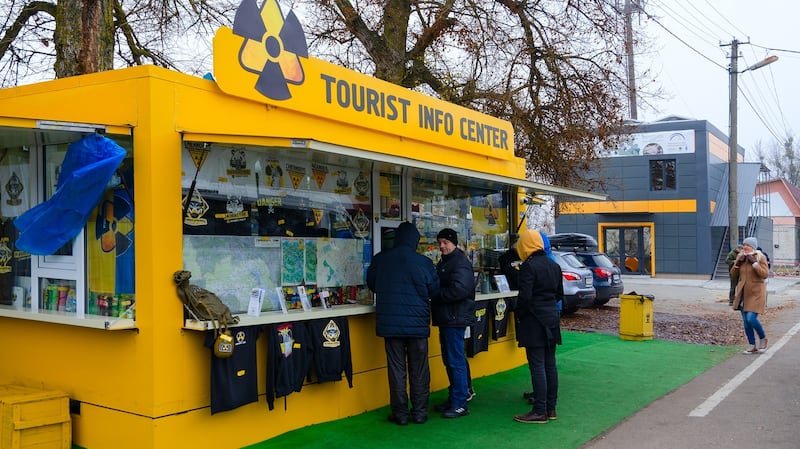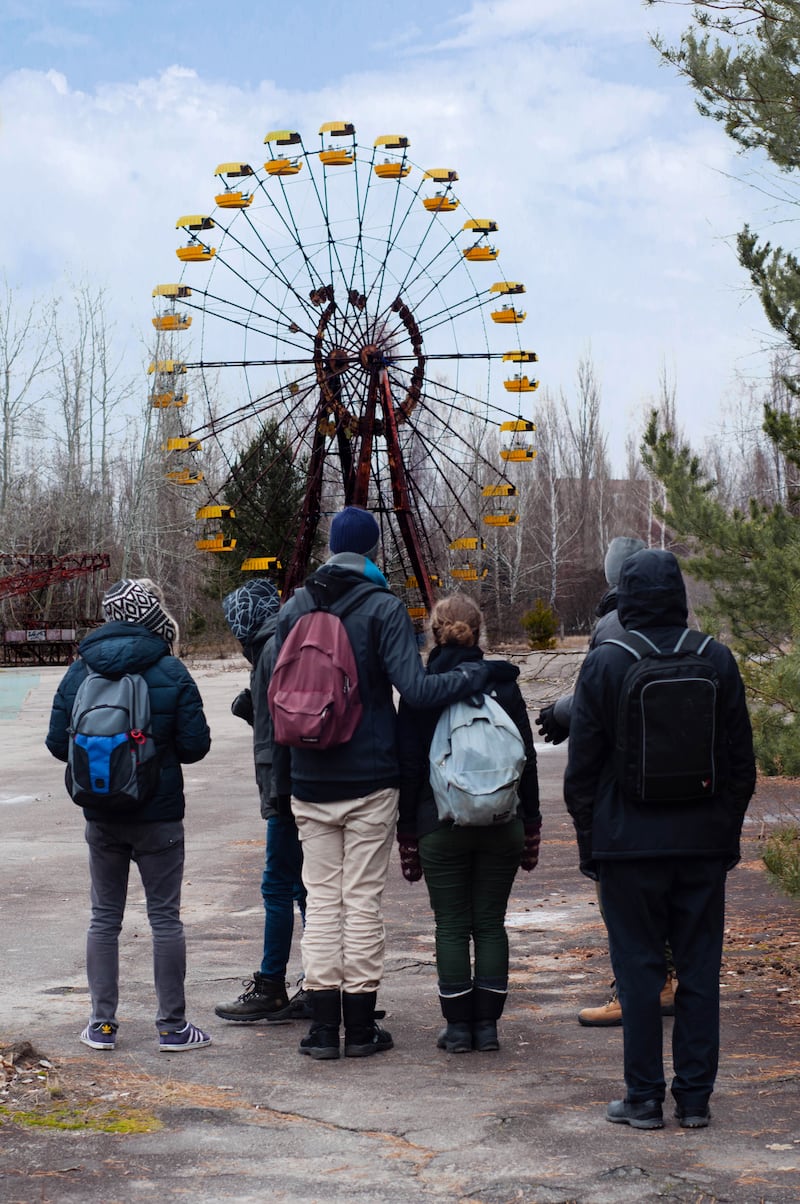Last November, I stood in the forest of Pripyat - the town that was evacuated after the Chernobyl reactor exploded 2km away in 1986 - being alternately laughed at and shouted at by Ukrainian soldiers. I was wearing the faintly ludicrous hazmat suit I had been compelled to don when getting off the tour bus, idly dragging my uncovered hands over the top of a little bramble bush. Touching anything at all isn’t allowed in Pripyat. I was in trouble.
Chernobyl was once a destination exclusively for extreme-disaster tourists, but it has gradually opened up, with affordable tours and basic accommodation readily available. Interest in the site has grown hugely in the wake of the HBO show Chernobyl, which dramatises the aftermath of the reactor disaster and has quickly become a smash hit (on IMDb, it is currently the highest-audience-rated show of all time). The main tour operator for the area, Explore, has said that bookings were up 40 per cent last month compared with May last year.

So what is it like to take the trip as a punter? I travelled there for work, but toured the exclusion zone around the reactor site and Pripyat in the same manner as tourists do. It was disturbing - and felt devoid in historical context. Outside the perimeter, where the military check your passport and your radiation levels, vendors sold snacks with the radiation symbol on the labels from vans festooned with gas masks and rubber protective gear. I took a picture of a sign for Chernobyl ice-cream.

Inside Pripyat, among the abandoned fairground rides, schools and apartment blocks, I saw people trying to arrange the surroundings to better fit their pre-existing idea of what it should be like, the poignancy the scenes should have. One photographer gently nudged a merry-go-round so that it glided eerily and made a haunting noise. In the oral history Voices from Chernobyl - which the TV series heavily leans on - a local person comments: “Newspaper reporters flocked to us, took photographs with cheap effects. The window of an abandoned home; they would put a violin on the sill and call it Chernobyl Symphony. There was no need to invent anything.”
Human curiosity is inevitable, and denying the existence of this vast, charged space that is a crucial part of Soviet and global history would be impossible and pointless. But Chernobyl has yet to find an appropriate tone for its tourism. Potential danger is almost commodified as a feature of the visit. We wore the suits and waved the Geiger counters not because we needed to, but because those who brought us there sensed that we wanted to feel close to danger.
Unlike some other sites of tragedy that, despite mass attendance, are places of solemnity and reflection, this is a messy and morally queasy experience. That scoop of kitsch radioactive ice-cream may stick in your craw and, for the moment at least, it probably should. - Guardian









